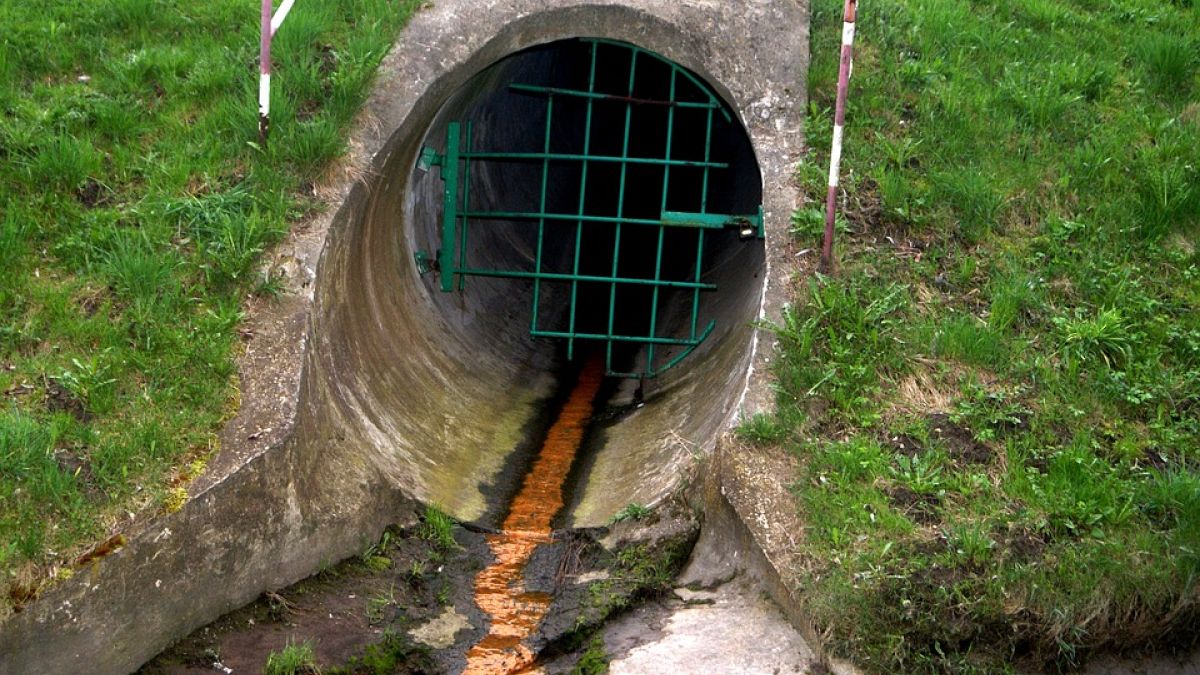Overexposure to antibiotics through river pollution can lead to antibiotic resistance in humans - a potentially deadly outcome.
Dangerously high levels of antibiotics were found in some of the world's major rivers, according to a new report.
In the first-ever study of its kind, researchers tested the contamination of rivers for 14 commonly used antibiotics. Out of the 91 tested rivers spanning six continents and 72 countries, 65% contained antibiotics.
Overexposure to antibiotics through river pollution can lead to antibiotic resistance in humans - a potentially deadly outcome.
The highest concentration of antibiotics was discovered in Bangladesh, where levels of Metronidazole were present at 300 times greater than the official 'safe level'.
Kenya, Ghana, Pakistan, and Nigeria also possessed high levels, with the problem affecting Africa and Asia more than any other continent. The highest concentration of antibiotics in Europe were found in the rivers of Austria.
The study also found that politically unstable areas were victim to higher concentrations of antibiotics, with unsafe levels found on the Israel-Palestine border.
“Until now, the majority of environmental monitoring work for antibiotics has been done in Europe, N. America and China," said Dr John Wilkinson, from the university's department of environment and geography. "Often on only a handful of antibiotics. We know very little about the scale of the problem globally."
Some of the biggest rivers tested included the Seine, Thames, Tiber, Chao Phraya, Danube, Mekong, and Tigris.
Antibiotic resistance
When we release the antibiotic medications from our bodies, the substances they contain remain active.
Due to this, the study warns, tonnes of antibiotics are being dumped into our environment.
As well as this, antibiotics are reaching humanity through livestock consumed through meat and dairy.
Antibiotics are used as additives in livestock feed throughout the globe. The primary source of unnecessary exposure to antibiotics is human medicine, says the European Centre for the Prevention and Control of Diseases.
Overexposure to these medications provokes a response in the bacteria they fight. Bacteria can now evolve to defend itself against the antibiotics we rely on to kill them.
The World Health Organisation (WHO) estimates that approximately 700,000 people die every year from infections that are resistant to our antibiotics. This number is increasing rapidly. The WHO predicts that by 2050 10 million preventable deaths could occur as a result of this, overtaking cancer as the leading cause of death.
The growth of antibiotic resistance appears to be slowing down in northern Europe, says the European Centre for the Prevention and Control of Diseases.
“Many scientists and policymakers now recognise the role of the natural environment in the antimicrobial resistance problem" believes Professor Alistair Boxall. "Our data shows that antibiotic contamination of rivers could be an important contributor.”
“Solving the problem is going to be a mammoth challenge and will need investment in infrastructure for waste and wastewater treatment, tighter regulation and the cleaning up of already contaminated sites" he concludes.
